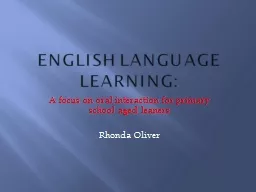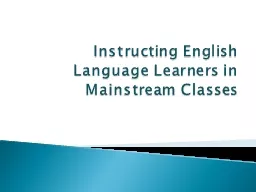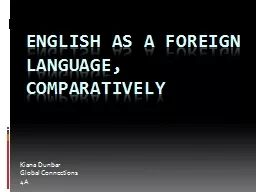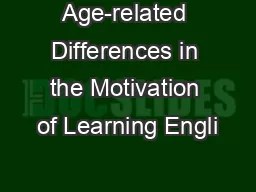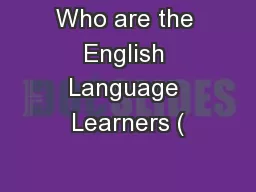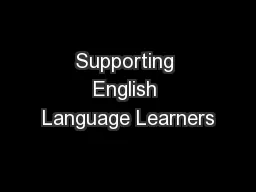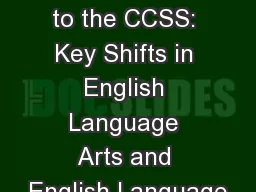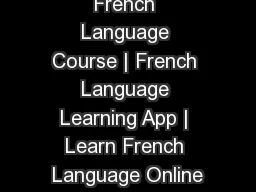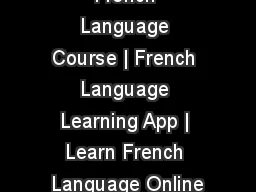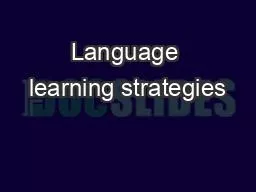PPT-English language learning
Author : conchita-marotz | Published Date : 2016-06-26
A focus on oral interaction for primary school aged leaners Rhonda Oliver Outline What is oral interaction Differences between oral and written language Oral
Presentation Embed Code
Download Presentation
Download Presentation The PPT/PDF document "English language learning" is the property of its rightful owner. Permission is granted to download and print the materials on this website for personal, non-commercial use only, and to display it on your personal computer provided you do not modify the materials and that you retain all copyright notices contained in the materials. By downloading content from our website, you accept the terms of this agreement.
English language learning: Transcript
Download Rules Of Document
"English language learning"The content belongs to its owner. You may download and print it for personal use, without modification, and keep all copyright notices. By downloading, you agree to these terms.
Related Documents

